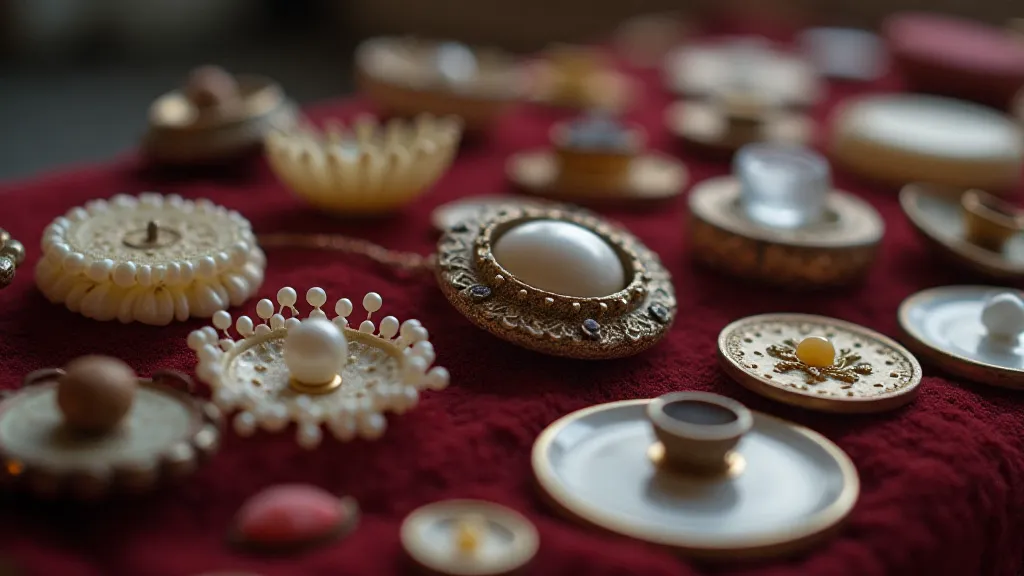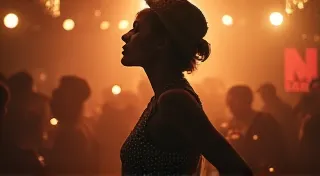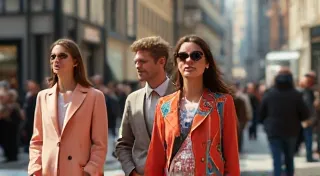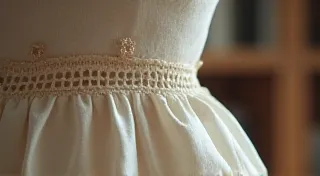The Phantom Silhouette: When Style Becomes a Cartography of Identity
Vintage fashion isn't simply about aesthetics; it's a profound act of archaeology, unearthing not just garments, but the echoes of lives lived, stories whispered, and identities forged. It’s about encountering a phantom silhouette – the ghost of a former wearer – and allowing their influence to subtly shape our own. To wear vintage isn’t to merely adopt a style; it’s to inherit a lineage, to engage in a conversation across decades, and to, consciously or not, rewrite your own narrative within that continuous thread.
The allure is powerful. Beyond the obvious charm of a perfectly preserved flapper dress or a sharply tailored 1950s suit, there's a deeper resonance. Perhaps it’s the tangible connection to a time often romanticized, or maybe it’s the inherent resistance to the homogenizing forces of fast fashion. Whatever the reason, the rise of vintage clothing isn’t just a trend; it’s a cultural shift, a quiet rebellion against disposability and the relentless pressure to conform.
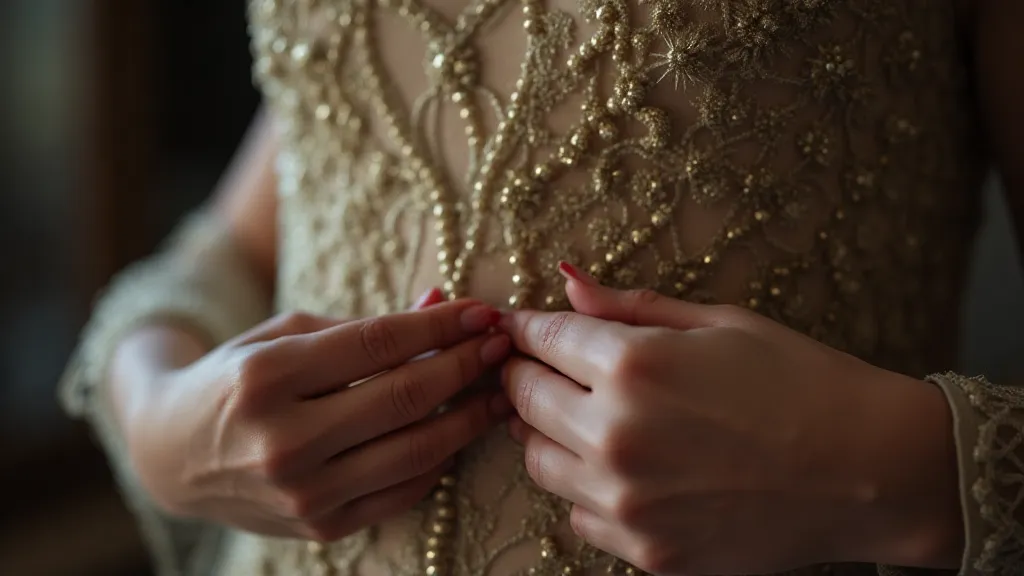
The Psychology of Dress: More Than Just Covering Up
The psychology of dress is fascinating. We use clothing to communicate status, affiliation, aspiration, and a multitude of other signals. But vintage fashion takes this performative aspect to another level. When we choose a 1940s utility dress, are we signaling frugality, a connection to wartime resilience, or simply an appreciation for its timeless design? The beauty lies in the ambiguity, in the open-ended interpretation that allows us to imbue the garment with our own meaning.
Consider the rise of the ‘dopamine dressing’ trend – the deliberate selection of clothes that evoke feelings of joy and optimism. While often associated with bright colors and playful prints in modern pieces, the concept has its roots firmly planted in vintage fashion. Who hasn’t felt a surge of confidence wearing a perfectly tailored 1950s circle skirt, or a touch of rebellious chic in a 1960s mini-dress? These aren't just clothes; they’re emotional armor, imbued with the collective memories and aspirations of a previous generation.
Craftsmanship Lost and Found: A Legacy of Detail
One of the most compelling reasons people gravitate toward vintage clothing is the sheer quality of construction. Modern mass-produced garments are often designed for obsolescence, destined for landfill after a few wears. Vintage pieces, however, represent a different era – one where garments were built to last, crafted with meticulous attention to detail, and intended to be cherished for years, even generations.
Think about the lining of a 1930s dress, hand-stitched with silk charmeuse, or the intricate pleats on a 1960s shift dress, painstakingly created by skilled seamstresses. These are not simply functional details; they are testaments to the pride and artistry of the craftspeople who created them. The weight of the fabric, the quality of the buttons, the precision of the seams – these are all subtle indicators of a bygone era where quality was paramount.
Restoring a vintage garment can be a deeply rewarding experience. It’s not merely about patching a hole or replacing a button; it’s about preserving a piece of history, about honoring the skill and dedication of the original maker. Learning basic mending techniques - hand sewing, patching, and fabric dyeing - can breathe new life into treasured finds, extending their lifespan and ensuring their continued enjoyment.
Beyond Style: Constructing Narrative and Challenging Norms
Vintage fashion isn’t just about aesthetics or quality; it’s also about narrative. Each garment carries a story, however fragmented or incomplete. Who wore this dress? What were their hopes and dreams? What events did they witness while wearing this suit?
More importantly, the conscious adoption of vintage styles can be a powerful form of self-expression and a quiet challenge to prevailing social norms. In a world saturated with fleeting trends and cookie-cutter aesthetics, embracing vintage offers a unique opportunity to cultivate an individual style that transcends the superficial. It’s about rejecting the pressure to conform and celebrating the beauty of imperfection and individuality.
The 1960s Mod look, for example, was a direct rebellion against the conservative styles of the 1950s. Similarly, the resurgence of 1940s utility dressing can be interpreted as a statement about sustainability and mindful consumption in an age of rampant overconsumption. Vintage fashion isn't just about looking good; it's about *feeling* good – confident, authentic, and connected to something larger than oneself.
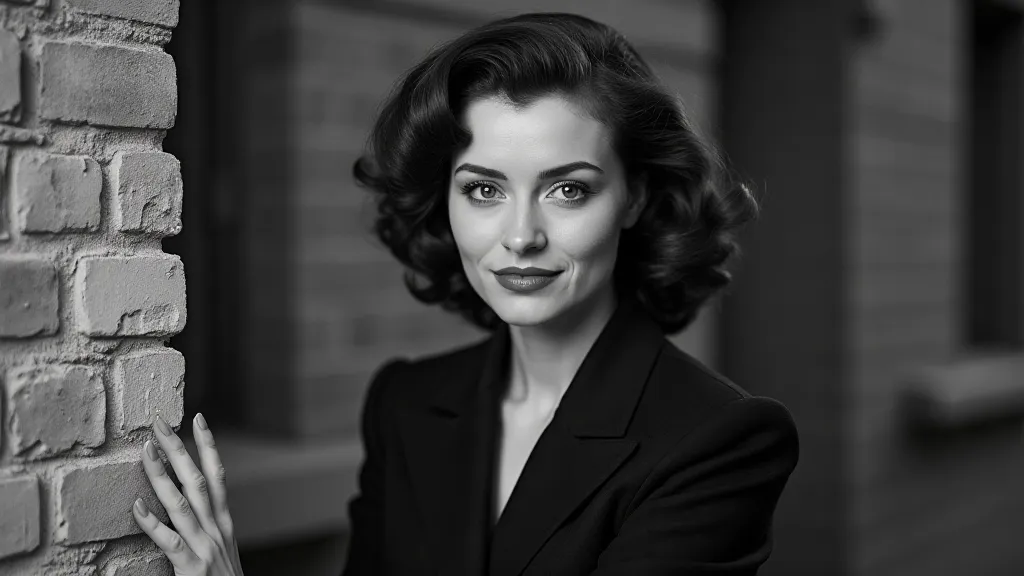
Sustainable Style: A Circular Approach
In an era defined by environmental concerns and a growing awareness of the fashion industry’s detrimental impact on the planet, vintage fashion offers a profoundly sustainable alternative to fast fashion. By choosing pre-owned garments, we are reducing our reliance on new resources, minimizing textile waste, and extending the lifespan of existing clothing.
This circular approach to fashion is not just environmentally responsible; it’s also economically savvy. Vintage clothing can be surprisingly affordable, offering a way to build a stylish and unique wardrobe without breaking the bank. Furthermore, many vintage pieces appreciate in value over time, making them not only a sustainable choice but also a potential investment.
The Echoes Remain
The phantom silhouette of the past lingers in every carefully preserved dress, every meticulously tailored suit, and every lovingly restored accessory. By embracing vintage fashion, we aren’s just wearing clothes; we're participating in a dialogue across time, acknowledging the legacy of those who came before us, and forging our own unique identities within a continuous stream of style and self-expression. It's a quiet act of rebellion, a celebration of individuality, and a testament to the enduring power of human creativity and resilience.
